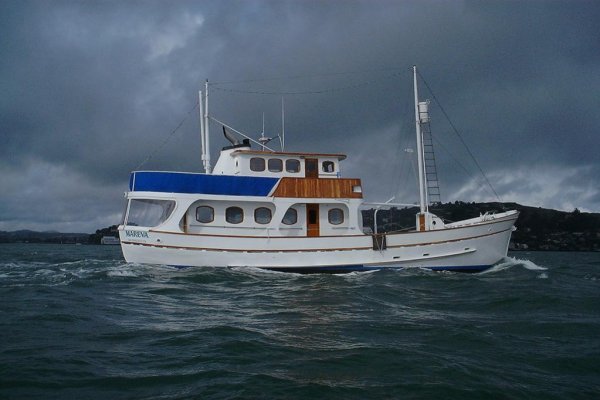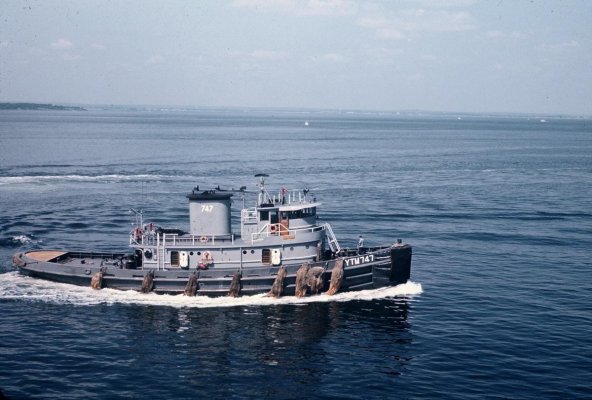Twin engines to single prop was done on Romsdal trawlers.
The engines had a standard PTO clutch with belt drives to the shaft.
Engines rotated the same way. Run either engine or both.
The prop was controlable pitch.
Ted
ps, she has been sold, so a lot of the pitures seem to be deleted
Powerboats: 65' Romsdal North Sea Trawler - Listing #: 3818
youtube video if it works
The engines had a standard PTO clutch with belt drives to the shaft.
Engines rotated the same way. Run either engine or both.
The prop was controlable pitch.
Ted
ps, she has been sold, so a lot of the pitures seem to be deleted
Powerboats: 65' Romsdal North Sea Trawler - Listing #: 3818
youtube video if it works







 :lol:
:lol: